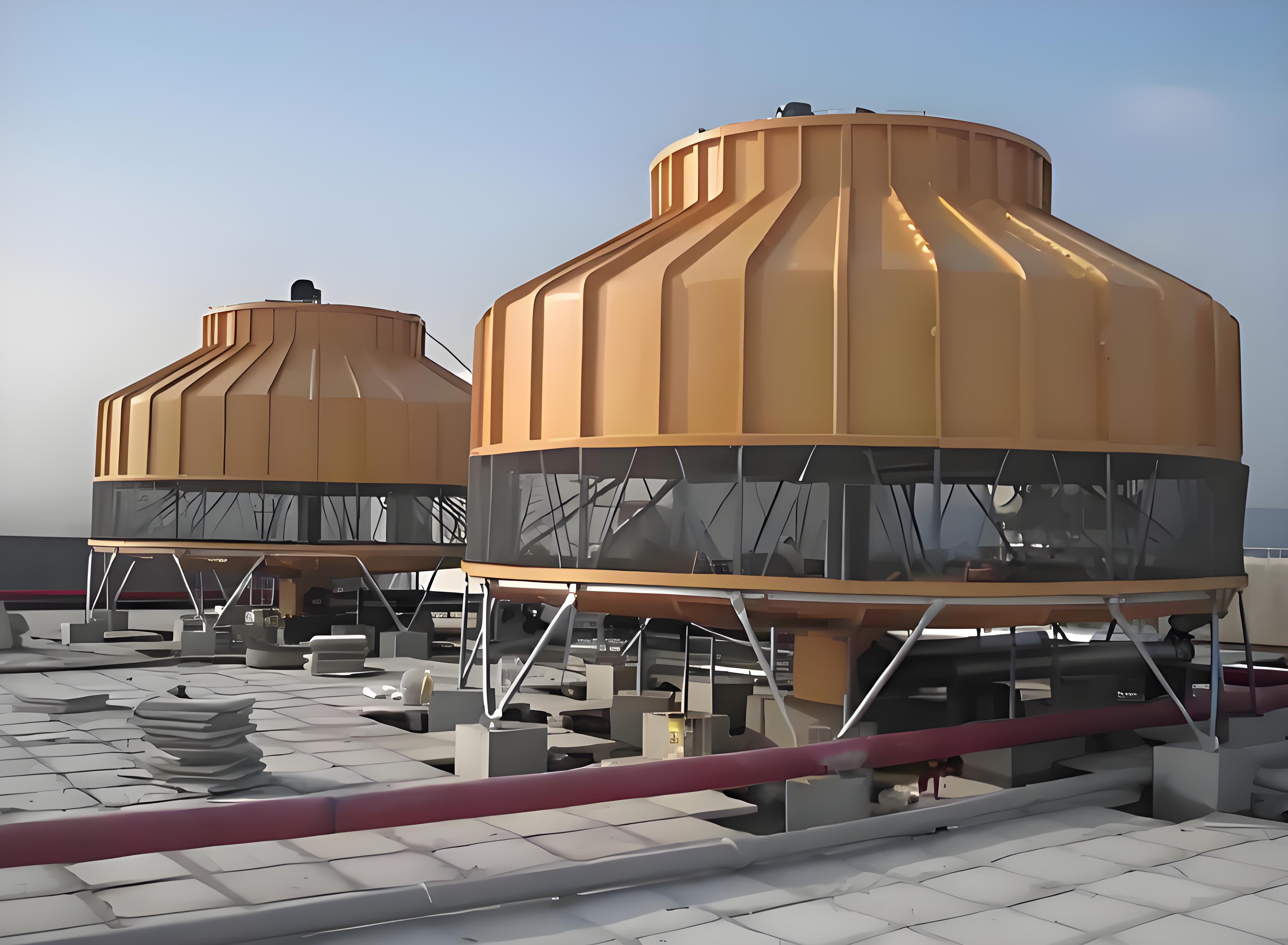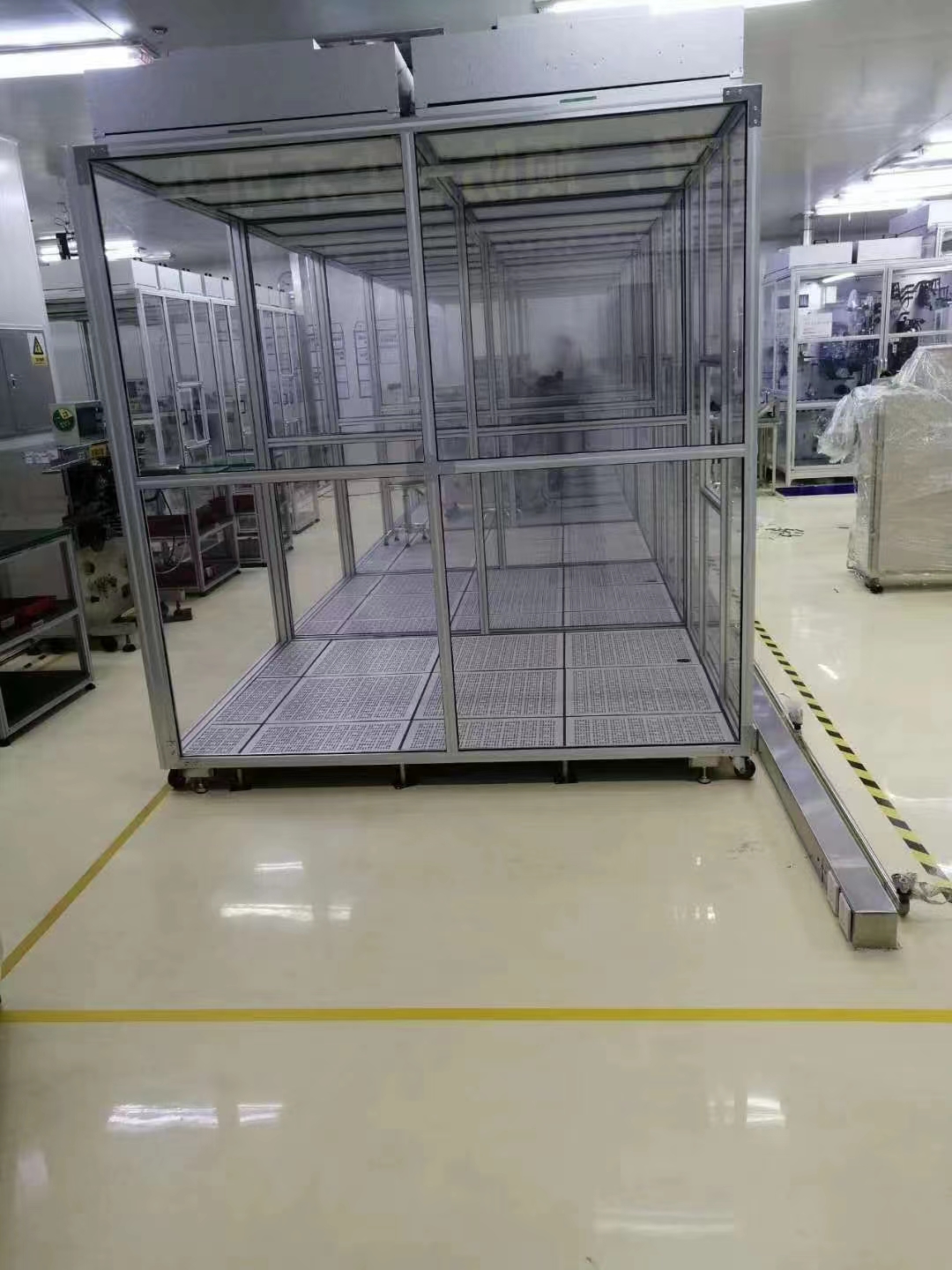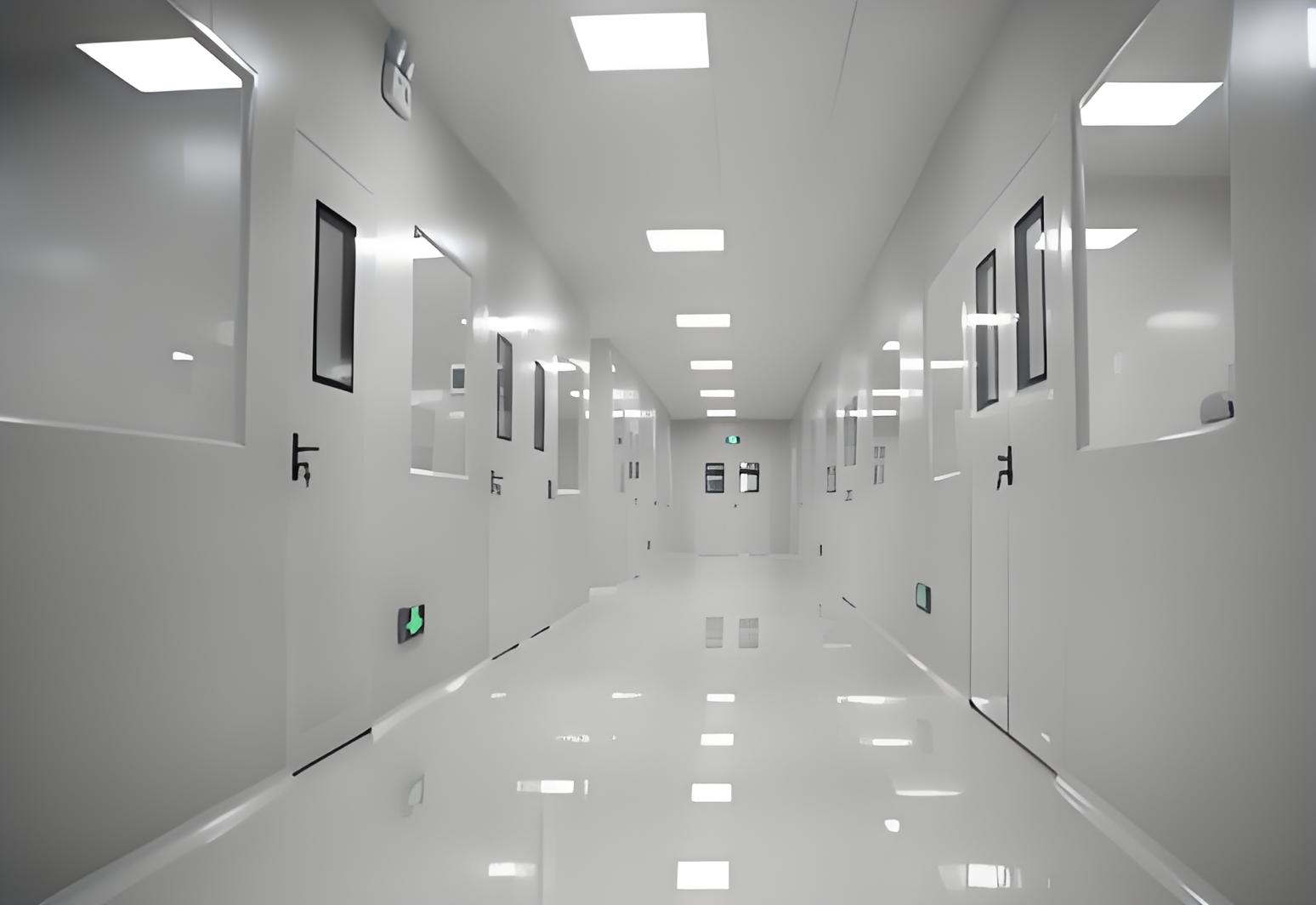
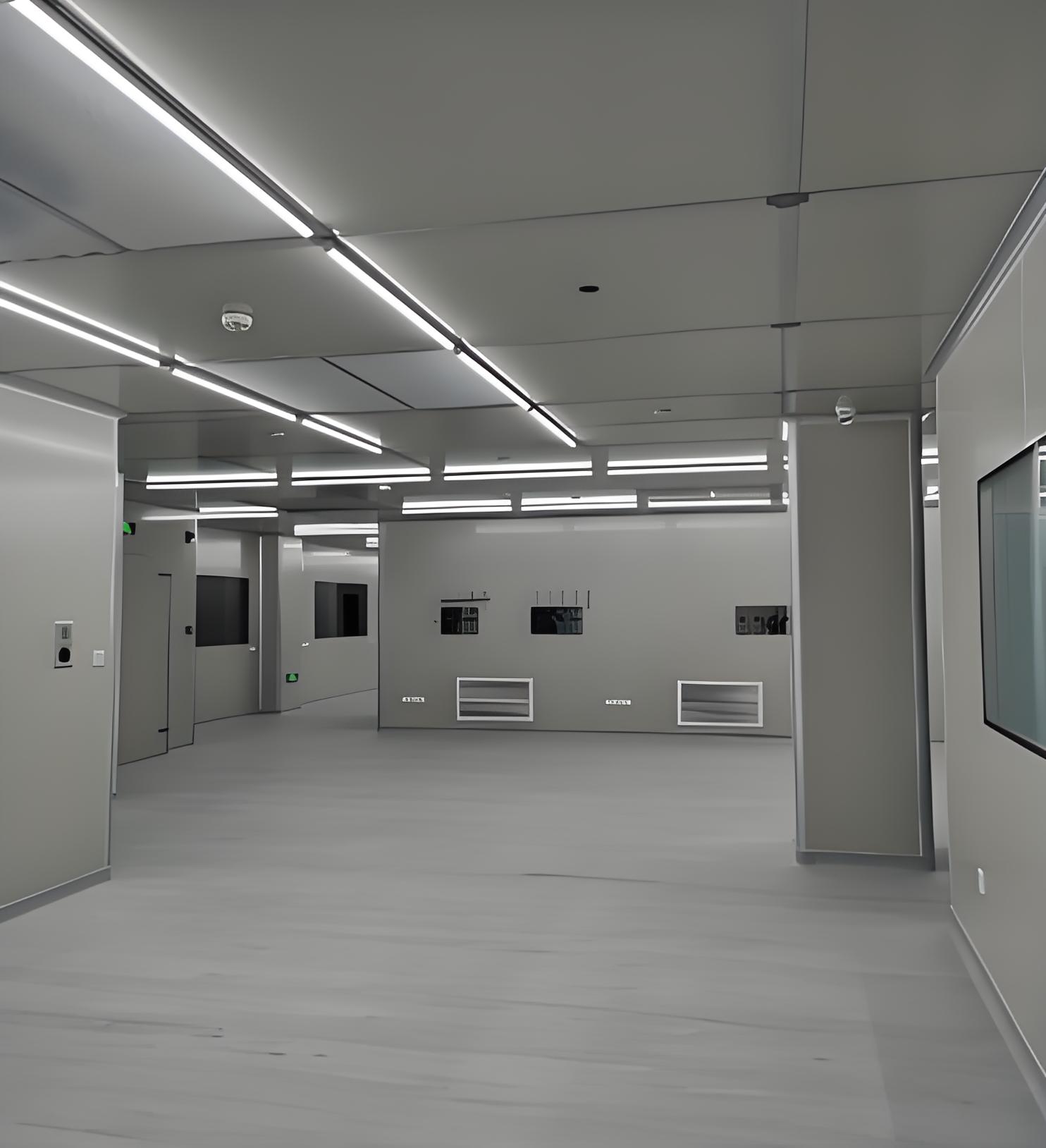
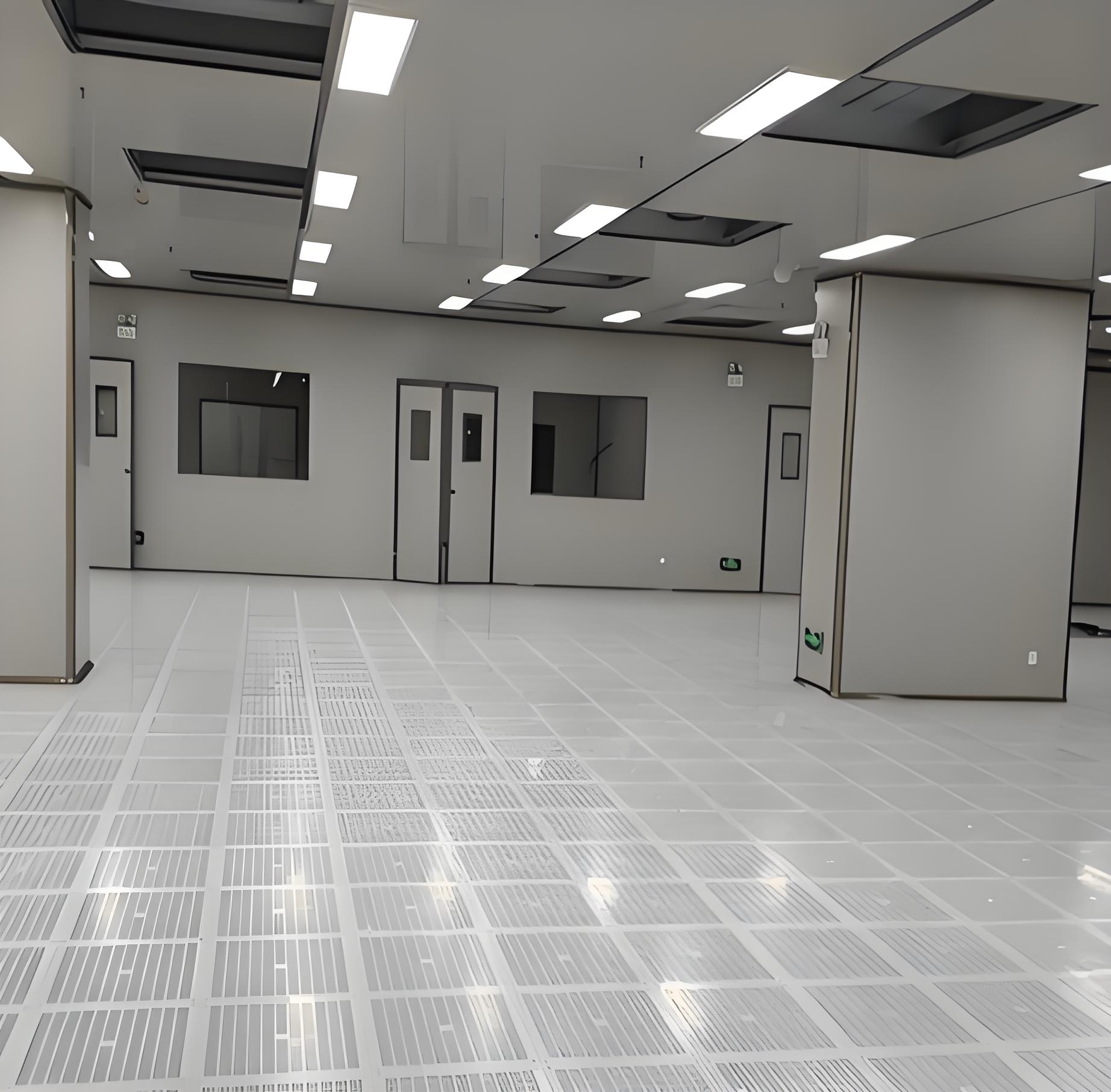


Sterile room decoration is a critical aspect of creating controlled environments in industries like pharmaceuticals, biotechnology, healthcare, and electronics manufacturing. Unlike standard interior design, sterile room decoration focuses on minimizing contaminants, ensuring compliance with regulatory standards, and maintaining a clean, safe space for sensitive operations. This process involves selecting appropriate materials, layouts, and systems that prevent particle generation and microbial growth. In this article, we will delve into the essentials of sterile room decoration, covering everything from the initial sterile room build to evaluating cleanroom turnkey solutions, understanding the cost to build a sterile room, and factors influencing modular cleanroom price. By following these steps, you can make informed decisions that align with your project goals and budget constraints, ensuring a functional and compliant environment.

Sterile room decoration goes beyond aesthetics; it is about integrating design elements that support cleanliness and operational efficiency. Key components include smooth, non-porous surfaces, sealed joints, and specialized flooring and wall coverings that resist chemicals and are easy to clean. Proper sterile room decoration also involves the strategic placement of HVAC systems, lighting, and furniture to minimize air turbulence and particle accumulation. This approach is essential in environments where even minor contaminants can compromise product quality or patient safety. For instance, in a pharmaceutical cleanroom, the decoration must adhere to ISO standards, which classify rooms based on particle counts. By prioritizing sterile room decoration, organizations can reduce contamination risks, enhance productivity, and meet stringent industry regulations. Moreover, a well-decorated sterile room can improve worker morale and safety, contributing to overall operational success.
A successful sterile room build requires meticulous planning and execution. It typically begins with a detailed assessment of the intended use, such as manufacturing, research, or medical procedures. This phase involves defining the cleanroom classification (e.g., ISO Class 5 to 8) and selecting appropriate materials that meet hygiene standards. During the sterile room build, contractors focus on constructing airtight enclosures, installing high-efficiency particulate air (HEPA) filters, and integrating monitoring systems for temperature, humidity, and pressure differentials. The sterile room decoration aspect comes into play when choosing finishes—like epoxy floors or vinyl walls—that are durable and easy to sanitize. Collaboration with experts is crucial to avoid common pitfalls, such as inadequate sealing or poor airflow design, which can lead to costly rework. By following a structured sterile room build approach, you ensure the environment remains contaminant-free and operational-ready, aligning with your specific needs.
Cleanroom turnkey solutions offer a comprehensive approach to designing, building, and commissioning sterile environments, making them an attractive option for businesses seeking efficiency. These solutions encompass every aspect, from initial consultation and sterile room decoration to final validation, handled by a single provider. This integrated method reduces project timelines and minimizes coordination challenges, as all components—including HVAC, electrical, and furniture—are managed seamlessly. For example, a cleanroom turnkey solution might include customizing the sterile room build to include modular elements, which can be easily reconfigured for future expansions. When considering cleanroom turnkey solutions, evaluate the provider's experience, compliance with standards like GMP or FDA regulations, and after-sales support. This approach not only simplifies the sterile room decoration process but also ensures that all elements work together harmoniously, reducing the overall cost to build a sterile room by avoiding delays and errors.
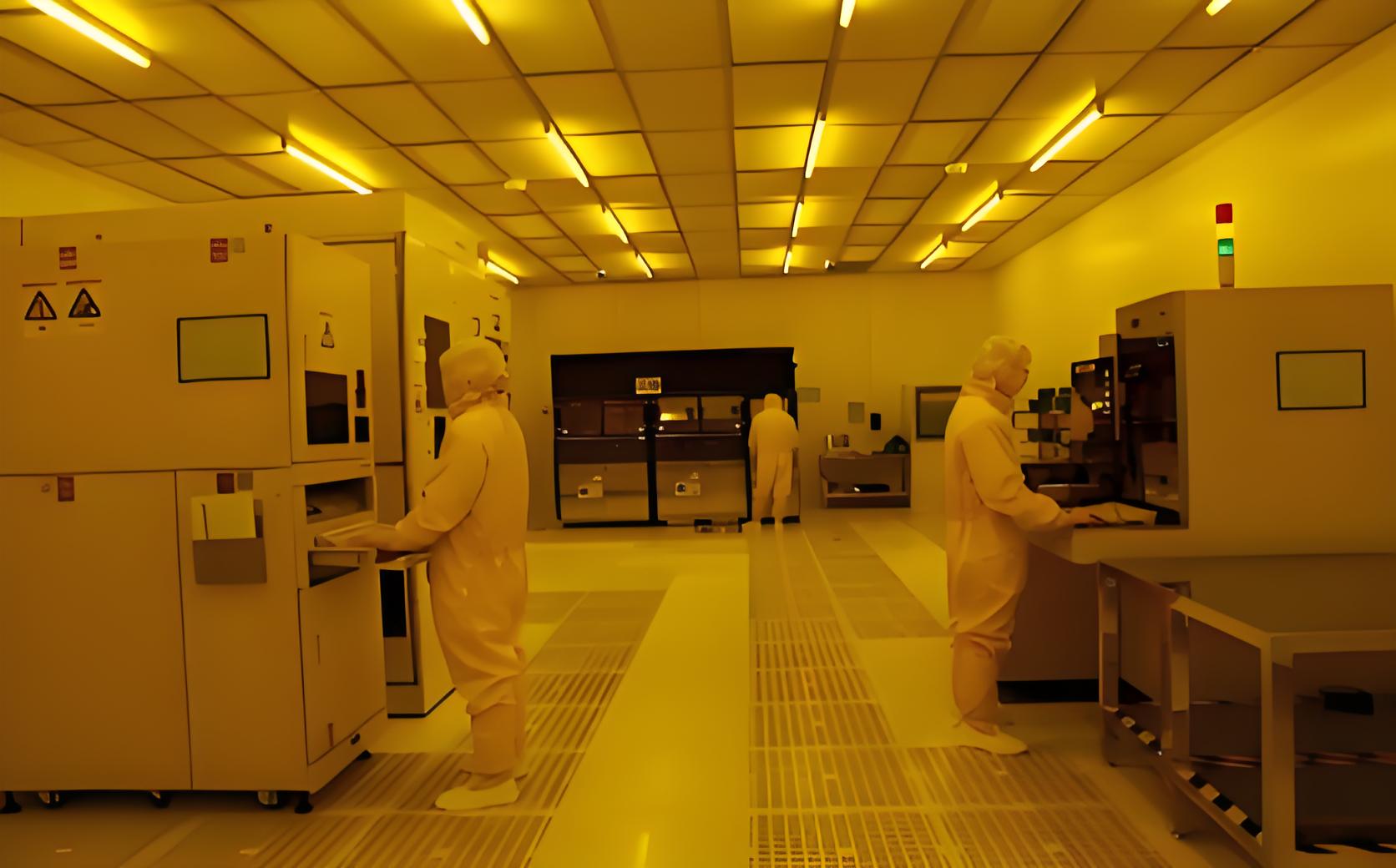
The cost to build a sterile room varies widely based on factors such as size, complexity, and industry requirements. On average, a basic sterile room build can range from $100 to $1,000 per square foot, with high-end projects exceeding this due to advanced features. Key expenses include structural modifications, HVAC systems (which can account for 30-50% of the total cost), specialized materials for sterile room decoration, and compliance testing. For instance, a pharmaceutical cleanroom requiring ISO Class 5 certification will have higher costs due to stringent controls. Additionally, the cost to build a sterile room is influenced by labor, location, and any customizations like integrated monitoring systems. To manage expenses, consider phased implementations or comparing quotes from multiple vendors. It's also wise to factor in long-term operational costs, such as maintenance and energy consumption, which can impact the overall investment. By thoroughly analyzing the cost to build a sterile room, you can budget effectively and avoid surprises during execution.
Modular cleanrooms are prefabricated units that offer flexibility and quicker installation compared to traditional builds, making them popular for various applications. The modular cleanroom price depends on several elements, including size, classification, and additional features. Typically, prices range from $50 to $500 per square foot, with higher classifications (e.g., ISO Class 5) commanding premium rates due to enhanced filtration and materials. The sterile room decoration within a modular setup also affects the modular cleanroom price—options like stainless steel panels or anti-static flooring add to the cost. Other factors include the complexity of HVAC integration, electrical systems, and any customizations for specific industries. When evaluating modular cleanroom price, assess the lifecycle costs, such as ease of reconfiguration and maintenance, which can provide savings over time. By understanding these variables, you can select a modular solution that fits your budget while meeting your sterile room build requirements.
Effective sterile room decoration must balance aesthetics with functionality to support the room's purpose. This involves selecting colors, lighting, and layouts that enhance visibility and reduce fatigue while maintaining cleanliness. For example, using light-colored, glossy surfaces can improve illumination and make contaminants more visible, aiding in routine cleaning. In a sterile room build, decoration elements like coving (rounded corners between walls and floors) prevent dust accumulation and simplify sanitation. It's also essential to incorporate ergonomic furniture and equipment that comply with cleanroom protocols. Collaboration between designers and engineers ensures that sterile room decoration does not interfere with airflow or access points. By integrating these aspects, you create an environment that is both efficient and compliant, contributing to the success of cleanroom turnkey solutions and optimizing the cost to build a sterile room.
Once a sterile room is operational, ongoing maintenance is vital to preserve its integrity and comply with regulations. This includes regular cleaning, filter replacements, and performance checks to ensure the environment meets specified standards. Sterile room decoration plays a role here, as materials must withstand frequent disinfection without degrading. For instance, in a sterile room build, using durable coatings can extend the lifespan and reduce long-term costs. Compliance audits, such as those for ISO standards, require documentation of maintenance activities and environmental monitoring. By adhering to a strict schedule, you can prevent contamination incidents and avoid penalties. This proactive approach also supports the value of cleanroom turnkey solutions, which often include maintenance services, and helps manage the overall cost to build a sterile room by minimizing unexpected repairs.
In summary, sterile room decoration is a multifaceted process that intersects with design, construction, and budget management. From the initial sterile room build to exploring cleanroom turnkey solutions, understanding the cost to build a sterile room, and evaluating modular cleanroom price, each step requires careful consideration. By focusing on functional design, compliance, and cost-effective strategies, you can create a sterile environment that meets your needs efficiently. Remember, investing in quality sterile room decoration not only ensures regulatory adherence but also enhances operational longevity. As you plan your project, leverage expert insights and compare options to achieve optimal results.
Q1: What is the primary difference between sterile room decoration and standard room decoration?
A1: Sterile room decoration focuses on minimizing contamination through the use of non-porous, easy-to-clean materials and designs that support controlled environments, whereas standard room decoration prioritizes aesthetics and comfort without such stringent hygiene requirements. In a sterile room build, elements like sealed surfaces, HEPA filtration, and specific layouts are integral to meet industry standards.
Q2: How can cleanroom turnkey solutions benefit my sterile room project?
A2: Cleanroom turnkey solutions provide an all-in-one approach, handling design, construction, and validation through a single provider. This streamlines the sterile room build process, reduces coordination efforts, and can lower the overall cost to build a sterile room by minimizing delays and ensuring compliance from start to finish.
Q3: What factors most significantly impact the cost to build a sterile room?
A3: The cost to build a sterile room is influenced by the room's size, cleanroom classification, HVAC system complexity, materials used in sterile room decoration, and labor expenses. Higher classifications (e.g., ISO Class 5) and custom features like advanced monitoring systems can substantially increase costs.
Q4: Is the modular cleanroom price generally lower than traditional construction?
A4: The modular cleanroom price can be more cost-effective due to faster installation and reduced labor, but it varies based on specifications. For simpler setups, modular options may save money, but high-end customizations in sterile room decoration or complex systems can make prices comparable to traditional builds.
Q5: How do I maintain sterile room decoration over time?
A5: Maintain sterile room decoration by following a strict cleaning schedule using approved disinfectants, regularly inspecting surfaces for damage, and replacing worn materials promptly. This helps uphold the sterile room build integrity, ensures compliance, and protects your investment in cleanroom turnkey solutions.
Q6: Can sterile room decoration be upgraded in an existing cleanroom?
A6: Yes, sterile room decoration can be upgraded by retrofitting with new materials, improved sealing, or enhanced finishes. However, this may involve temporary shutdowns and should be planned to avoid contamination, considering factors like the cost to build a sterile room modification and compatibility with existing systems.
Q7: What are the long-term benefits of investing in quality sterile room decoration?
A7: Quality sterile room decoration reduces contamination risks, lowers maintenance costs, extends the facility's lifespan, and ensures regulatory compliance. It also supports efficient operations, which can improve productivity and reduce the overall cost to build a sterile room over time by minimizing repairs and downtime.
